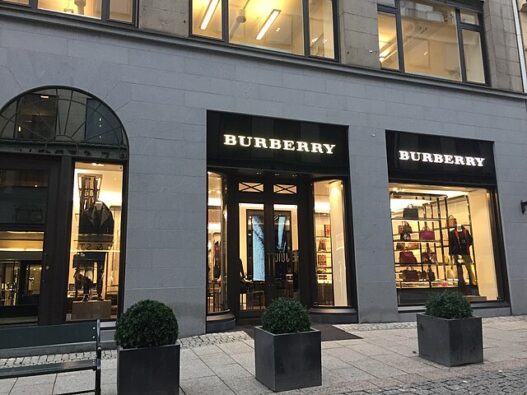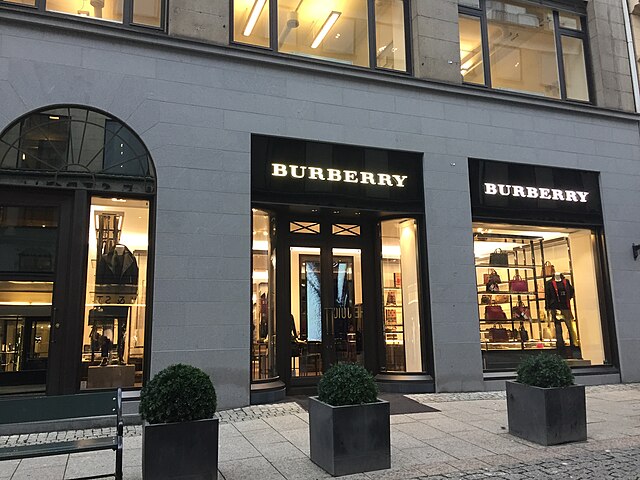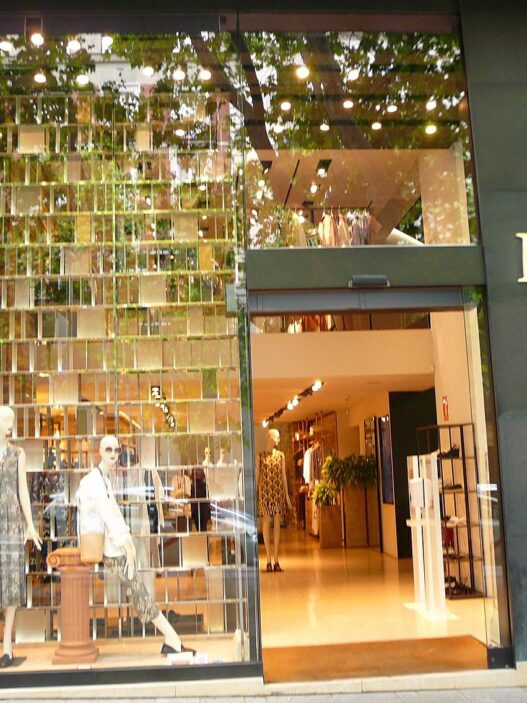Burberry, the iconic British luxury brand known for its trench coats and distinctive check pattern, is making headlines, but not for the reasons it wants. After a recent dip in sales, the company is implementing significant cost-cutting measures, including job cuts. The news has sent ripples through the fashion industry and left investors wondering what the future holds for the brand.
Shocking Burberry Job Cuts Announced Amid Revenue Downturn
In a move that surprised many, Burberry announced a round of layoffs affecting employees across various departments. While the exact number of jobs being eliminated hasn’t been publicly disclosed, reports suggest it could impact hundreds of positions globally. This decision comes as the brand grapples with a slowdown in sales growth, particularly in key markets like China and the US.
“We are taking decisive action to strengthen Burberry’s financial position and sharpen our focus on driving sustainable growth,” stated a company spokesperson. The cuts are part of a broader restructuring plan to streamline operations and reduce overhead costs. The aim is to save roughly £50 million annually, which will be reinvested into product development and marketing initiatives.
The Impact of Burberry Job Cuts
The Burberry job cuts will undoubtedly impact the individuals and families affected. In addition to the human cost, these measures could also affect the brand’s operations. For example, reductions in design or marketing teams might affect the brand’s ability to innovate and connect with consumers.
Moreover, the news could dent Burberry’s image as a stable and desirable employer, potentially impacting its ability to attract top talent in the future.
Burberry Cutting Jobs: What’s Driving the Layoffs?
Several factors are contributing to Burberry’s current challenges. The slowdown in the global economy, particularly in China, has impacted demand for luxury goods. High inflation rates in Europe and the US are causing consumers to tighten their purse strings.
More specific to Burberry, some analysts point to a perceived lack of innovation in the brand’s product offerings. While classics like the trench coat remain popular, some argue that newer designs haven’t resonated as strongly with younger consumers. For instance, recent data shows a decline in sales of the brand’s leather goods, a key revenue driver, suggesting a need to refresh the product line. Competitors such as Gucci and Louis Vuitton have successfully captivated younger audiences with bold designs and innovative marketing campaigns.
Furthermore, while Burberry’s accessories are visually appealing, they have been criticised for being overpriced compared to competing luxury brands. The company’s reliance on its heritage aesthetic may hinder attracting new customers.
Burberry Layoffs News: Investor Response and Stock Market Implications
News of the layoffs and sales slump has negatively impacted Burberry’s stock price. Shares have fallen by almost 15% since the start of the year, reflecting investor concerns about the company’s prospects. Investors are closely watching to see if the cost-cutting measures and strategic changes will be enough to turn things around.
Social media reactions have also been mixed, with some expressing sympathy for the affected employees and others questioning the brand’s strategic direction.
Analysts Weigh In: Will Burberry’s Restructuring Stabilise Sales?
Analysts are divided on whether Burberry’s restructuring plan will be successful. Some believe that cost-cutting measures are necessary to improve profitability and free up resources for product development and marketing investment. “Burberry needs to streamline its operations and focus on its core strengths,” says Luca Solca, a luxury goods analyst at Bernstein. “The cost-cutting measures are a step in the right direction.”
Others are more cautious, arguing that cost-cutting alone won’t solve Burberry’s problems. “Burberry needs to address the fundamental issues of product innovation and brand relevance,” says Erwan Rambourg, an analyst at HSBC. “They need to create products that consumers actually want to buy.” He notes that Burberry’s brand transformation needs quantitative sales growth and profitability targets.
Future of Burberry: Strategy Shift and Long-Term Outlook
Burberry is focusing on several key areas to revitalise the brand. These include:
- Enhanced Product Focus: The company plans to invest more in designing and launching new, innovative products that appeal to a wider range of consumers, including younger demographics. It’s also looking at expanding into new categories like athleisure and streetwear, mirroring the moves of other successful luxury brands.
- Marketing and Brand Building: Burberry intends to ramp up its marketing efforts, emphasising digital channels and social media. The goal is to enhance brand awareness and create a stronger connection with consumers.
- Store Optimisation: Burberry is evaluating its retail footprint and may close underperforming stores while investing in upgrading its flagship locations. This is designed to create a more premium and engaging shopping experience. The number of store closures hasn’t been specified, but it will be included in the company’s next quarterly report.
The success of Burberry’s restructuring plan remains to be seen. The company faces significant challenges, including a slowing global economy and increasing competition. However, by focusing on product innovation, marketing, and cost efficiency, Burberry hopes to return to sustainable growth and maintain its position as a leading luxury brand.


















